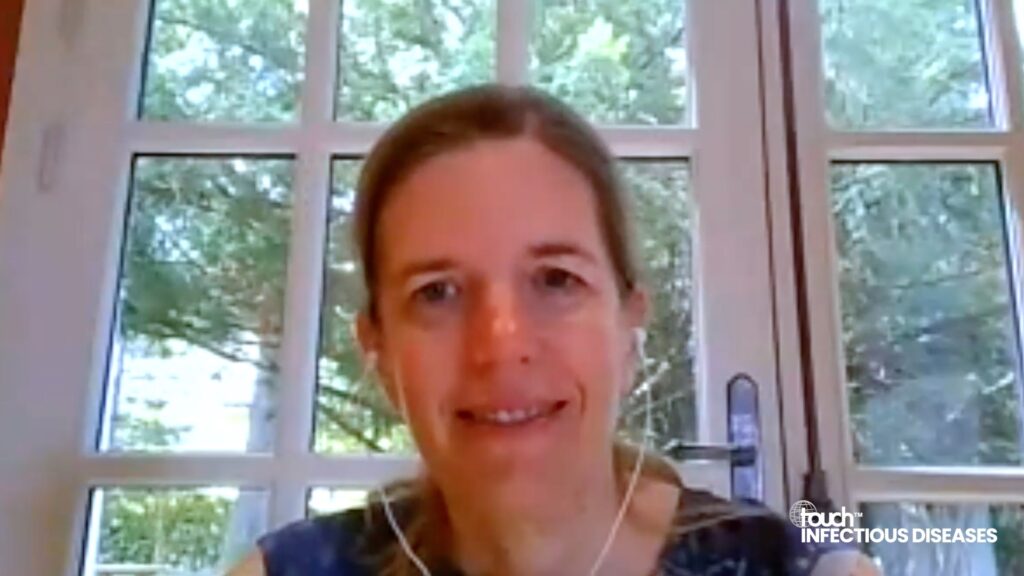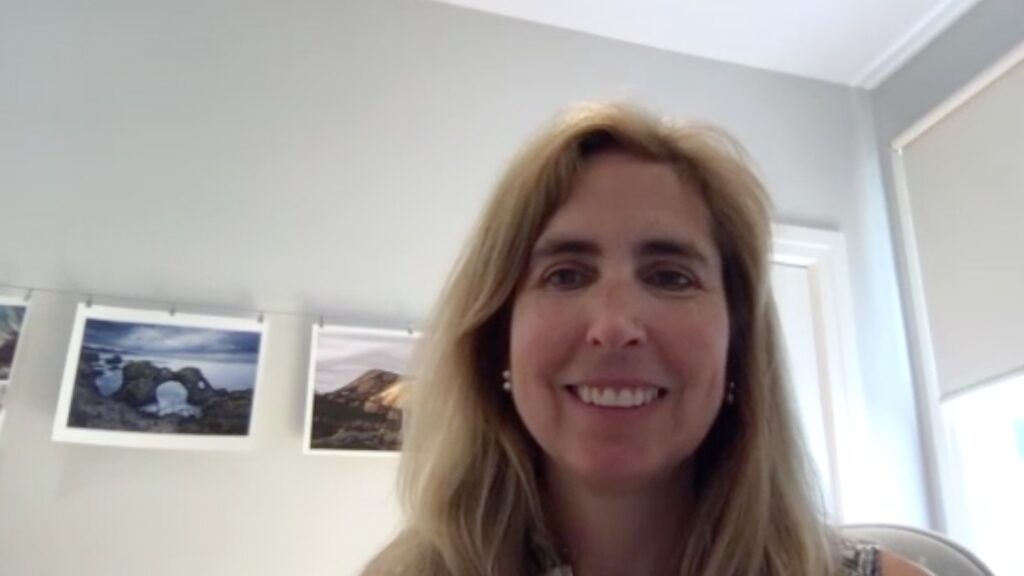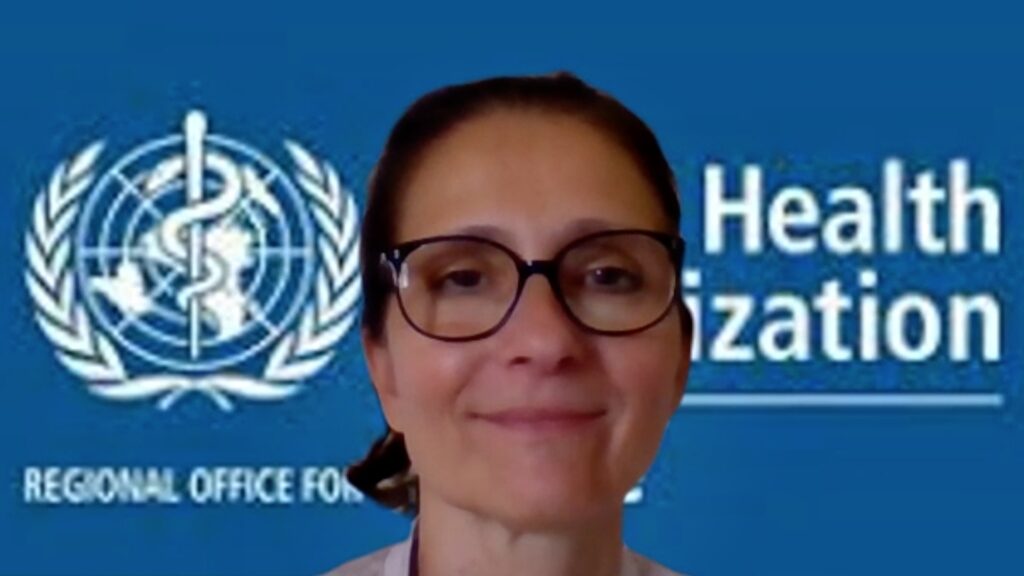The World Health Organization (WHO) has introduced updated guidelines for managing chronic hepatitis B, with the goal of enhancing testing, diagnosis and treatment, revealed at the 2024 Asian Pacific Conference for the Study of Liver Disease. These guidelines expand recommendations to include teenagers and emphasize patient choice and aim to simplify treatment decisions and improve access to care, particularly in resource-limited areas, by allowing treatment initiation without extensive viral testing.
Treatment eligibility in all adults and adolescents aged 12 and older has been updated to include four options: treating all patients with significant fibrosis; those with HBV DNA >2000 IU/mL and elevated ALT; those with coinfections, family history of liver issues, immune suppression, comorbidities, or extrahepatic symptoms; and patients with persistently abnormal ALT levels where HBV DNA testing is unavailable.
The guidelines retain the recommendation of tenofovir disoproxil fumarate or entecavir as preferred first-line treatments, while also introducing dual regimens with tenofovir/lamivudine or tenofovir/emtricitabine as alternatives where tenofovir monotherapy is not available.
Additionally, the guidelines address managing hepatitis B in pregnant women and in situations where DNA testing is unavailable. Automatic hepatitis D testing is also recommended for those diagnosed with hepatitis B.
The updated guidelines are designed to be adaptable globally, ensuring effective hepatitis B management strategies can be implemented even in regions with limited medical resources. These changes are expected to influence forthcoming European and UK guidelines, with updates anticipated in 2025.
The full guidelines are available here and further discussion published in The Lancet Gastroenterology & Hepatology is available here.
Disclosures: This article was created by the touchINFECTIOUS DISEASES team utilizing AI as an editorial tool (ChatGPT (GPT-4o) [Large language model]. https://chat.openai.com/chat.) The content was developed and edited by human editors. No funding was received in the publication of this article.











